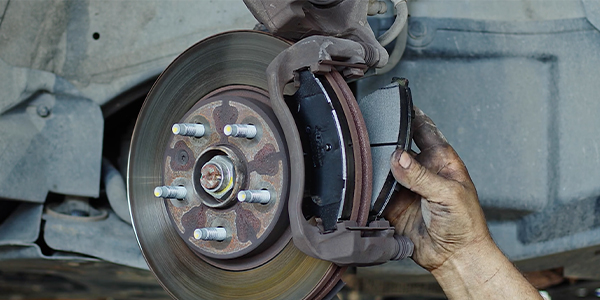Lighting options in today’s cars are more varied than they’ve ever been. For many reasons, traditional replaceable halogen bulbs are not the only things you may face in the service bay.
According to Philips, headlight bulbs begin to project significantly less light within two to three years of their initial usage, producing dimmer light outputs that compromise the safety of drivers and their passengers.
In addition, as headlight lenses age, the effects of exposure to sunlight, ozone and road debris can significantly reduce their transparency. This, combined with aging filaments, means headlights won’t cut through the night like they used to.
Regardless of which bulb your customers’ headlights require, one of the best solutions for old, hazy headlight lenses is to use a headlight restoration kit. Having a brighter bulb won’t solve the problem of poor light dispersion caused by hazy lenses.
As a technician, you’ll face more than just headlights. Many of your customers may be installing LED upgrades in their vehicles’ signaling and fog light applications. They’re rugged, they last far longer than conventional bulbs, and they can offer brilliant illumination. In addition, they offer a unique high-tech style that can really set a vehicle apart. However, this warning MUST be remembered: while LED upgrades are OK for all off-road applications, for on-road use they’re only for fog-light applications. They’re simply not designed to be used in headlight applications.
And for all the customization and durability an LED light may offer, a do-it-yourself installation may introduce another unintended problem.
In use, LED lights can trigger a false bulb failure warning or “fast flashing” condition. Some cars use the CANbus to send electric impulses to verify the functioning of a bulb. Because LED bulbs have a lower wattage and draw much less power than conventional incandescent bulbs, when the system runs a check, the electrical resistance of LEDs are too low compared to halogen bulbs and the CANbus creates a false warning that one of the lights has failed.
This can also cause the vehicle’s turn signals to fast flash due to the lower resistance of the LEDs.
In some rare cases, installation of an LED bulb can cause an even scarier problem. Instead of finding the higher resistance of an incandescent bulb, the car’s computer detects a problem that causes the car to go into “Limp Home” mode.
If your customers are experiencing such problems as a result of installing LED bulbs in place of incandescent bulbs, a Philips Ultinon CANbus Adapter can be a simple, easy-to-install solution. Available in 5W (for interior applications and license plate lighting) and 22W (for exterior applications), the adapter provides the resistor value the vehicle computer expects to see.
If your customer complains of a dashboard “bulb out” error message after installing an LED light, installation of a Philips Ultinon CANbus Adapter in the circuit can eliminate this problem. Installation takes only minutes and requires only a pair of pliers.
There’s a chance your customers will do lots of things they shouldn’t do if their vehicles aren’t perfect. They may drive with a check engine light on. They may drive with their brakes squealing. But if their headlights are out, they’ll have a tough time going anywhere. Help them see the light.
For more information on proper headlight and signal bulb selection, visit
Philips.com/automotive.
This video is sponsored by The Group Training Academy












